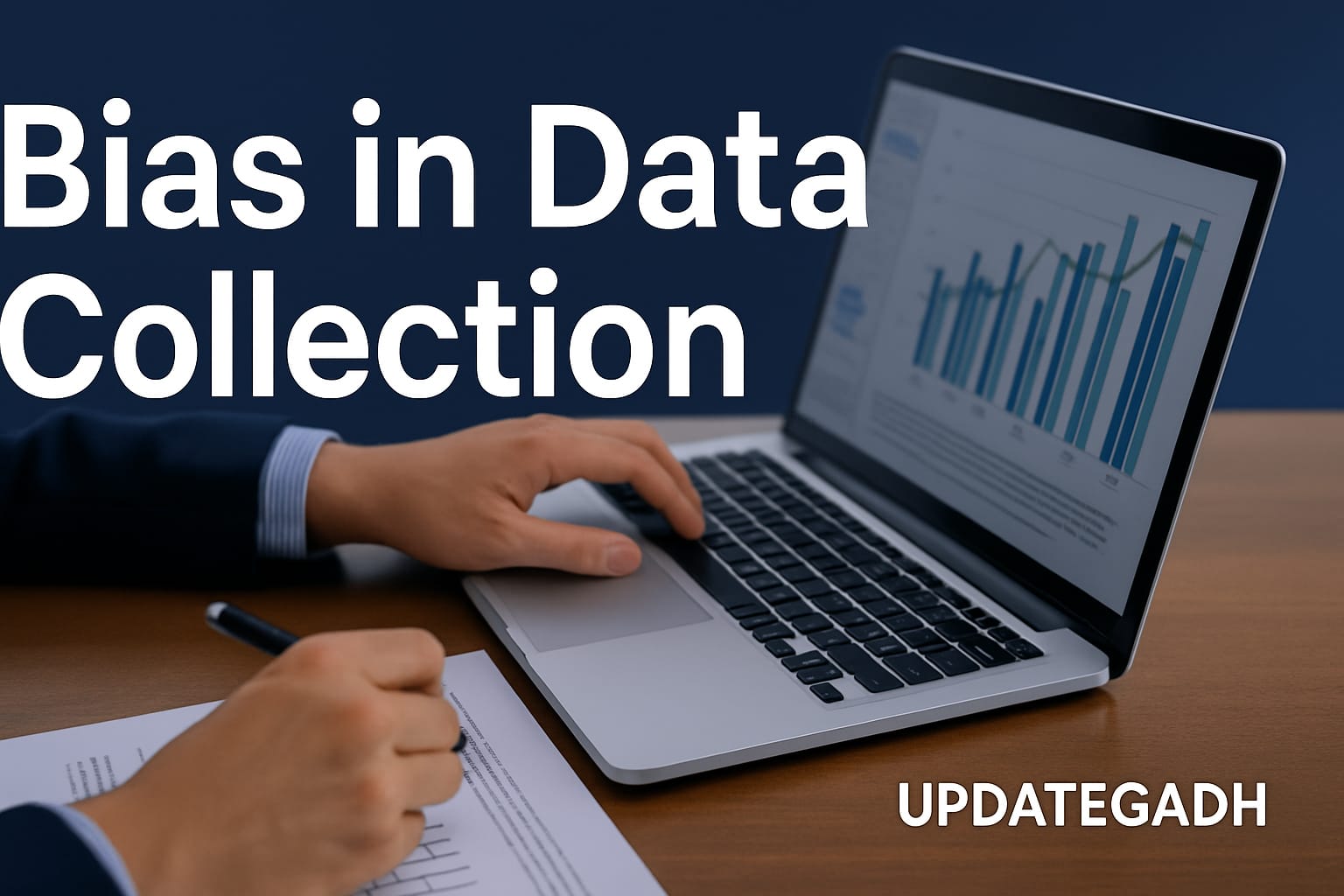
Top Data Science Algorithms
Data Science Algorithms
In the ever-evolving field of data science, algorithms act as the backbone of intelligent models, helping us uncover patterns, make predictions, and support critical decision-making. These algorithms empower data scientists to transform complex data into meaningful insights. From classification and regression to clustering and dimensionality reduction, each algorithm has a specific role in handling different data science problems.
As technology and data complexity grow, data scientists continue to explore and adopt newer approaches. However, mastering the fundamental data science algorithms is key to building a strong foundation in this fascinating domain. Here at Updategadh, we bring you a comprehensive guide to the top data science algorithms every aspiring or professional data scientist should know.
Complete Python Course with Advance topics:-Click Here
SQL Tutorial :-Click Here
Machine Learning Tutorial:-Click Here
1. Linear Regression
At its core, Linear Regression is one of the most essential algorithms in data science. It helps establish a linear relationship between one or more independent variables and a dependent variable. This makes it ideal for predictive modeling where trends and patterns need to be analyzed.
🔍 Use Case: Predicting future revenue based on historical sales data.
By fitting a straight line to the data points, linear regression can forecast outcomes like sales based on variables such as marketing spend or seasonality.
✨ Why It Matters:
- Simple and interpretable
- Great for continuous numeric prediction
- Forms the foundation of more complex models
2. Logistic Regression
When outcomes are categorical, such as spam vs. non-spam or fraud vs. genuine, Logistic Regression is the go-to algorithm. It estimates probabilities using the sigmoid function, which outputs values between 0 and 1.
🔍 Use Case: Fraud detection based on transaction behavior and value.
✨ Why It Matters:
- Handles binary and multiclass classification
- Uses Maximum Likelihood Estimation to optimize parameters
- Offers probabilities, not just class labels
Its power lies in its mathematical elegance and practical usability, making it a reliable classifier in many real-world applications.
3. Decision Tree
Decision Trees mimic human decision-making through a flowchart-like structure. These algorithms are extremely intuitive, splitting datasets based on feature values to form a tree of decisions.
🔍 Use Case: Predicting customer behavior in e-commerce using age, gender, and purchase history.
✨ Why It Matters:
- Easy to interpret and visualize
- Supports both classification and regression
- Acts as a building block for ensemble methods like Random Forests
They are especially helpful when transparency and interpretability are crucial.
4. Random Forest
Random Forest is an ensemble learning technique that builds multiple decision trees and aggregates their results. This leads to improved accuracy and reduced overfitting compared to single decision trees.
🔍 Use Case: Stock price prediction in volatile markets using historical and economic indicators.
✨ Why It Matters:
- Robust against noise and overfitting
- Works well with large datasets
- Suitable for both regression and classification tasks
With its ability to handle high-dimensional data and provide feature importance, Random Forest has become a favorite in domains like healthcare, finance, and bioinformatics.
5. K-Nearest Neighbors (KNN)
KNN is a non-parametric algorithm used for classification and regression. It makes predictions by finding the ‘k’ closest data points to a new instance and deciding based on their values.
🔍 Use Case: Image classification or recommending products to users based on similar profiles.
✨ Why It Matters:
- Simple yet effective
- Great for detecting local patterns
- Performs well with clean, labeled datasets
Although KNN can be computationally intensive, it’s incredibly effective when the data exhibits clustered structures.
6. Support Vector Machine (SVM)
SVM is known for its ability to draw the optimal hyperplane that separates data points into different classes with the maximum margin. It is especially useful when the dataset has non-linear and complex boundaries.
🔍 Use Case: Classifying tumors as malignant or benign in medical imaging.
✨ Why It Matters:
- Excellent for high-dimensional datasets
- Can handle linear and non-linear classification
- Supports various kernel functions like RBF and polynomial
SVM’s strength lies in its mathematical rigor and robust performance even when dealing with small and complex datasets.
7. Principal Component Analysis (PCA)
PCA is a dimensionality reduction technique that transforms a large set of variables into a smaller set while preserving as much information as possible. It identifies principal components, or directions in which the data varies most.
🔍 Use Case: Reducing the number of features in image data for efficient analysis.
✨ Why It Matters:
- Reduces overfitting
- Improves model training speed
- Enhances visualization of high-dimensional data
By retaining only the most informative features, PCA helps data scientists uncover structure, reduce noise, and visualize complex datasets.
Download New Real Time Projects :-Click here
Complete Advance AI topics:- CLICK HERE
Final Thoughts from Updategadh
Mastering these top data science algorithms is a gateway to unlocking the full potential of data. Whether you’re classifying user behavior, forecasting trends, or compressing high-dimensional data, each algorithm offers unique advantages tailored to specific problems.
As the data science field continues to expand, having a solid grasp of these core algorithms is not just beneficial—it’s essential. Stay curious, stay updated, and keep exploring. Because in data science, learning never stops.
🚀 Stay tuned with Updategadh for more in-depth tech guides, project tutorials, and learning resources!
data science algorithms list
data science algorithms pdf
data science algorithms with examples
machine learning algorithms for prediction
machine learning algorithms in data science
machine learning algorithms list
data science project ideas for final year
advanced data science projects
data science algorithms list
data science algorithms pdf
data science algorithms book
data science algorithms with examples
data science algorithms course
data science algorithms in python
data science algorithms cheat sheet
machine learning algorithms for prediction
udemy
data science







Post Comment